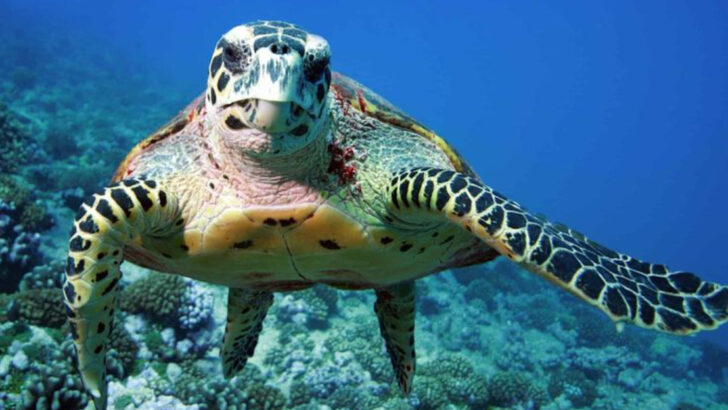Sea turtles are born into chaos—and somehow, they survive it. From the second they hatch, they race toward the ocean, dodging hungry birds, crabs, and blistering sand. And that’s just day one. They travel thousands of miles across open sea, vanishing into the “lost years” and returning decades later to the very beach where they were born. No GPS. No map. Just instinct and grit. Here are 14 jaw-dropping facts about the sea turtle’s journey—one of nature’s most daring, mysterious, and awe-inspiring odysseys.
The Ancient Legacy
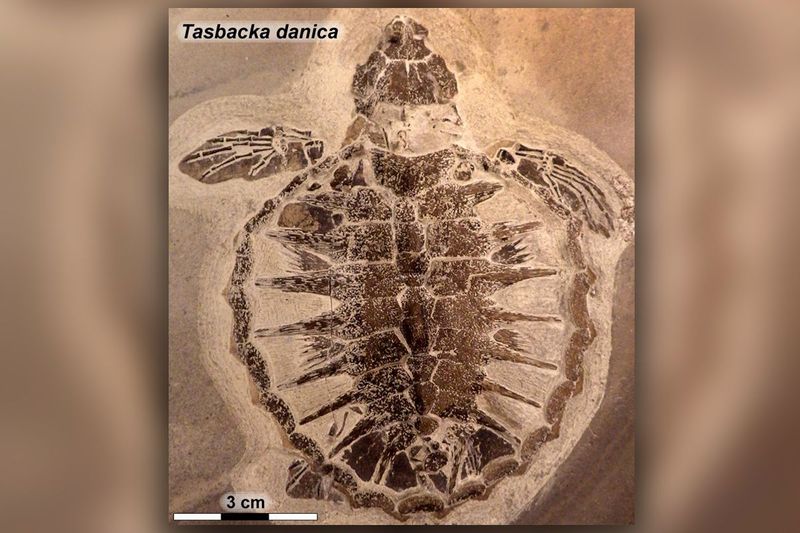
Sea turtles have roamed the seas for over 100 million years, predating even the dinosaurs. These resilient creatures have witnessed the Earth’s dramatic transformations, adapting to survive through epochs. Their longevity in the animal kingdom is a testament to their enduring nature.
Fossil records indicate their presence since the Cretaceous period, showcasing a rich history that has shaped their evolution. Their ancient lineage connects them to a time when the planet was vastly different.
Did you know? These prehistoric navigators have remained largely unchanged, a living link to a distant past.
The Marathon Swimmers
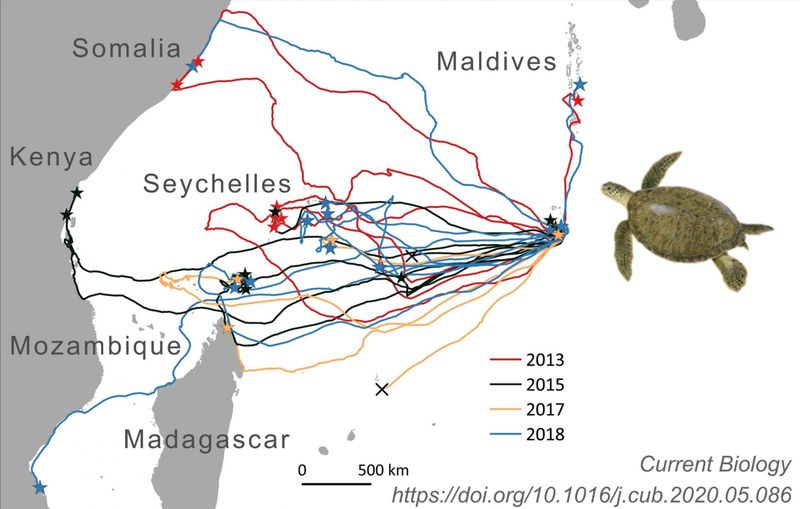
Sea turtles are renowned for their incredible swimming capabilities, traveling thousands of miles across oceans. With strong flippers and streamlined bodies, they glide gracefully through the water. Their journeys span entire ocean basins, often following warm currents.
Loggerhead turtles, for example, migrate from Japan to the coasts of California and back, showcasing their endurance and navigational skills. This epic journey is vital for feeding, mating, and nesting.
Their swimming prowess not only aids survival but also plays a crucial role in their ecological niche, influencing marine ecosystems worldwide.
The Hatchling’s First Challenge
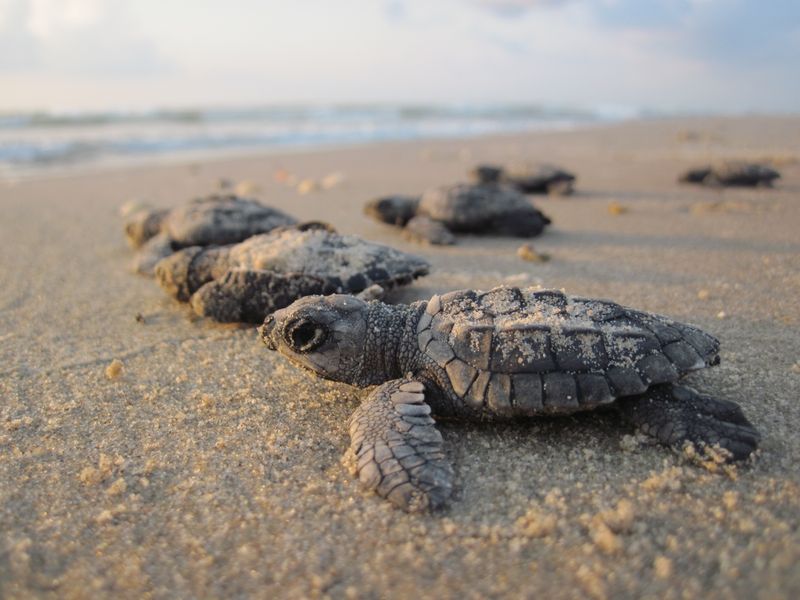
The journey of a sea turtle begins the moment it hatches on a sandy beach. Instinct drives these tiny creatures to scramble toward the ocean, guided by the moonlight reflecting on the water’s surface.
This perilous trek is fraught with dangers, from predators to disorienting artificial lights. Only a fraction of hatchlings make it to the sea, beginning their survival odyssey.
This critical stage is a rite of passage, determining the future of these marine wanderers. It’s a testament to their innate determination and the challenges they face from the onset of life.
Navigational Wonders
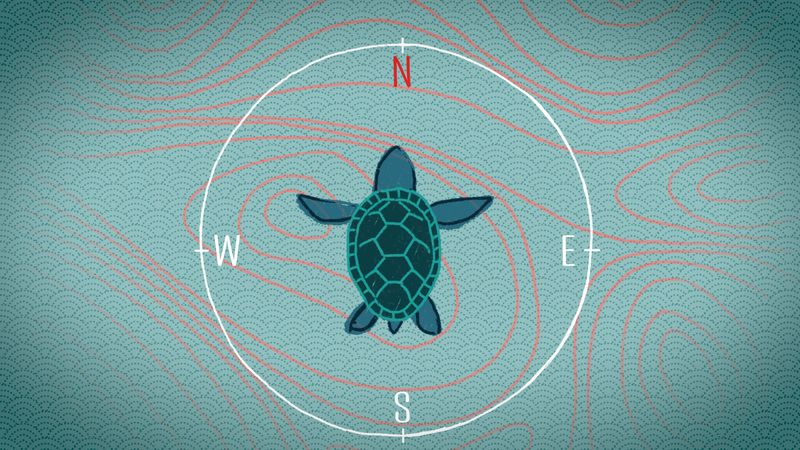
Sea turtles possess an extraordinary ability to navigate using the Earth’s magnetic field. This innate compass guides them across vast oceanic distances, allowing them to locate feeding grounds and nesting beaches.
Research suggests they imprint on the unique magnetic signature of their birthplace, enabling them to return decades later to lay eggs. This remarkable homing instinct ensures the continuation of their species.
Their navigational prowess remains a subject of scientific fascination, offering insights into the mysteries of animal migration and magnetic orientation.
Diverse Diets
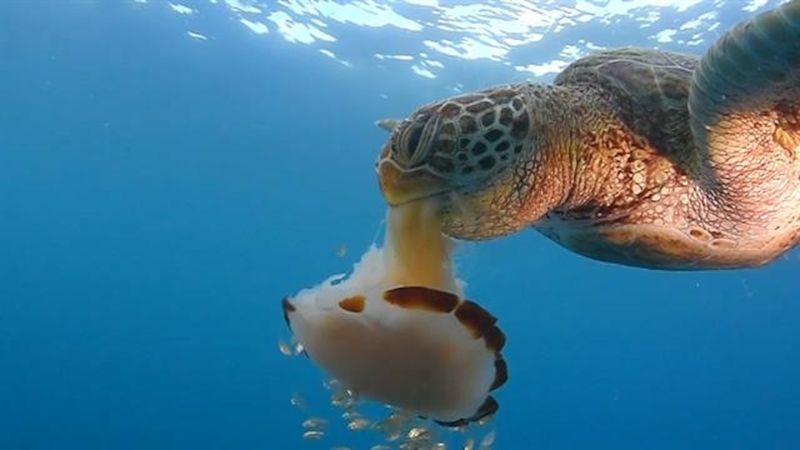
Sea turtles have varied diets, influenced by their species and habitats. Green turtles, for instance, are primarily herbivores, feeding on seagrasses and algae. This diet helps maintain the health of seagrass beds and coral reefs.
Leatherbacks, on the other hand, consume jellyfish, playing a key role in controlling jellyfish populations. Their dietary preferences highlight their ecological importance and adaptability.
Understanding their feeding habits is crucial for conservation, as it impacts marine food webs and ecosystem balance. Their dietary diversity underscores their role in maintaining ocean health.
Nesting Rituals
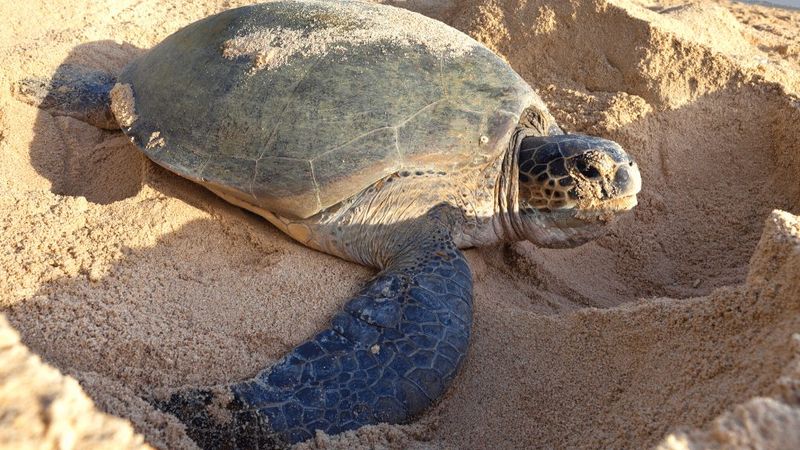
Sea turtles return to the beaches where they were born to lay their eggs, a phenomenon known as natal homing. Female turtles embark on arduous journeys to these sandy shores, often traveling thousands of miles.
Once on land, they laboriously dig nests to deposit their eggs, a process repeated multiple times in a season. This ritual is vital for the continuation of their lineage.
Their nesting behavior is not only a biological imperative but also an awe-inspiring spectacle of determination and maternal instinct. Protecting nesting sites is crucial for their survival.
Temperature-Dependent Sex Determination
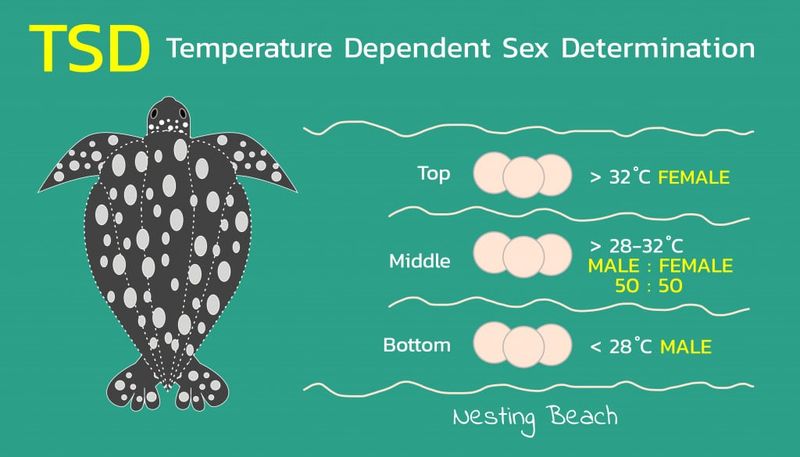
The sex of sea turtle hatchlings is determined by the temperature of the sand surrounding their nests. Warmer temperatures tend to produce females, while cooler temperatures produce males.
This fascinating phenomenon means that climate change can significantly impact turtle populations. Rising temperatures can skew sex ratios, affecting future generations.
Conservation efforts focus on monitoring and managing nesting sites to ensure balanced sex ratios, crucial for species survival. Understanding this unique reproductive trait sheds light on the delicate interplay between turtles and their environment.
The Great Migrations
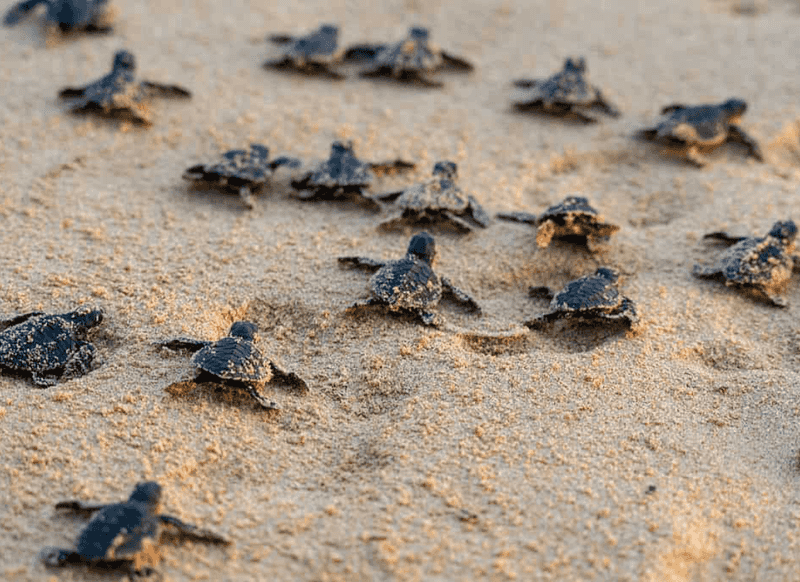
Sea turtles undertake great migrations across the world’s oceans, showcasing their resilience and navigational skills. These long journeys are essential for their survival, allowing them to find food, mates, and nesting sites.
Species like the leatherback travel from the tropics to cooler waters, following jellyfish blooms. These migrations influence oceanic ecosystems and connect distant marine environments.
Tracking these movements provides valuable data for conservation, helping to protect critical habitats and migration corridors. Their epic voyages inspire awe and underscore the interconnectedness of marine life.
The Role in Ecosystems
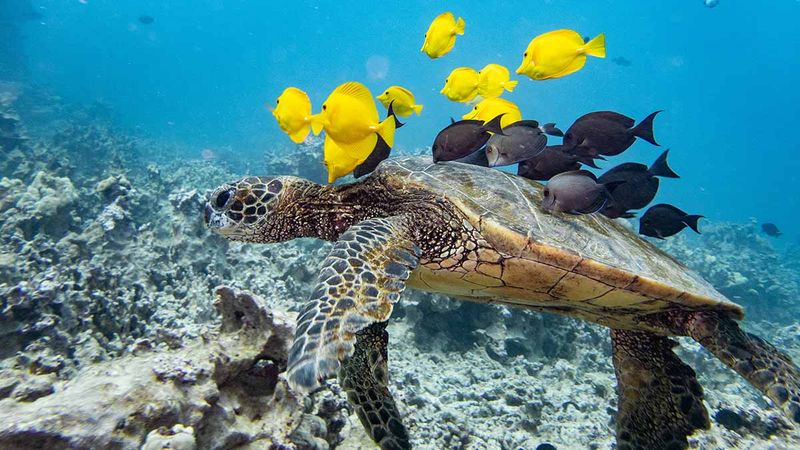
Sea turtles play a pivotal role in maintaining healthy marine ecosystems. Their grazing on seagrasses and algae prevents overgrowth, promoting biodiversity and supporting species like fish and invertebrates.
By controlling jellyfish populations, leatherbacks contribute to the balance of marine food webs. Their nesting activities also enrich beach ecosystems, as eggs and hatchlings provide nutrients.
Their ecological contributions are vital for ocean health, making them a keystone species. Protecting sea turtles ensures the sustainability of the marine environments they inhabit, highlighting their importance to global biodiversity.
The Threats They Face
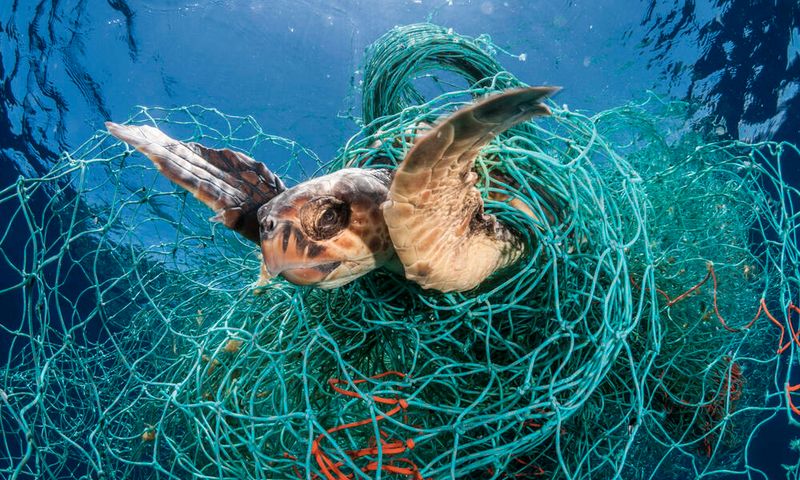
Sea turtles face numerous threats from human activities and environmental changes. Bycatch in fishing gear, habitat destruction, and climate change pose significant risks to their populations.
Pollution, especially plastic waste, endangers turtles, as they often mistake it for food. These challenges require concerted conservation efforts to mitigate impacts and protect critical habitats.
Raising awareness about these threats is essential for their survival. Through collective action, we can ensure that future generations witness the wonder of sea turtles thriving in their natural habitats.
The Cultural Significance
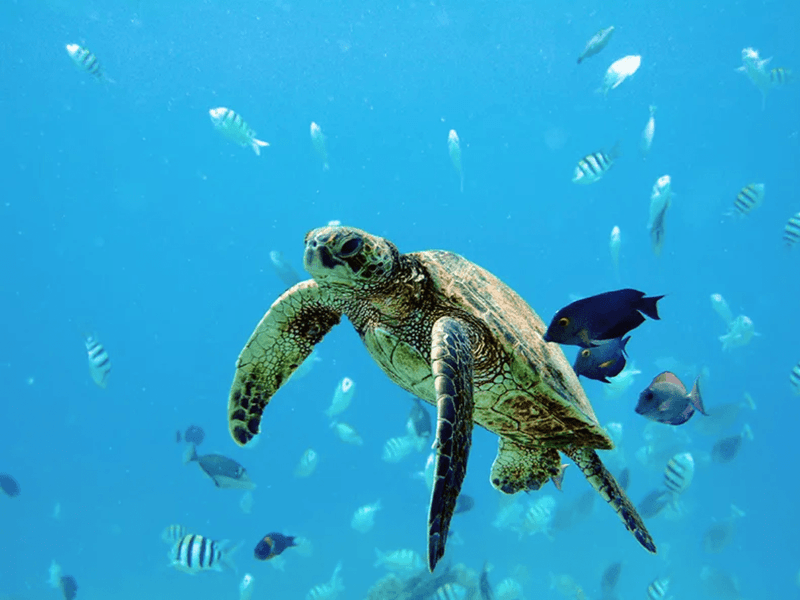
Sea turtles hold cultural significance in many coastal communities worldwide. In Polynesian cultures, they are revered as symbols of longevity and wisdom, often featured in traditional art and mythology.
In some regions, they are seen as spiritual guides, representing the connection between land and sea. This cultural reverence has fostered conservation efforts, emphasizing their protection as a shared heritage.
Understanding their cultural importance enhances conservation strategies, bridging ecological and human values. These cultural connections enrich the narrative of sea turtles, underscoring their importance beyond biological significance.
The Conservation Efforts
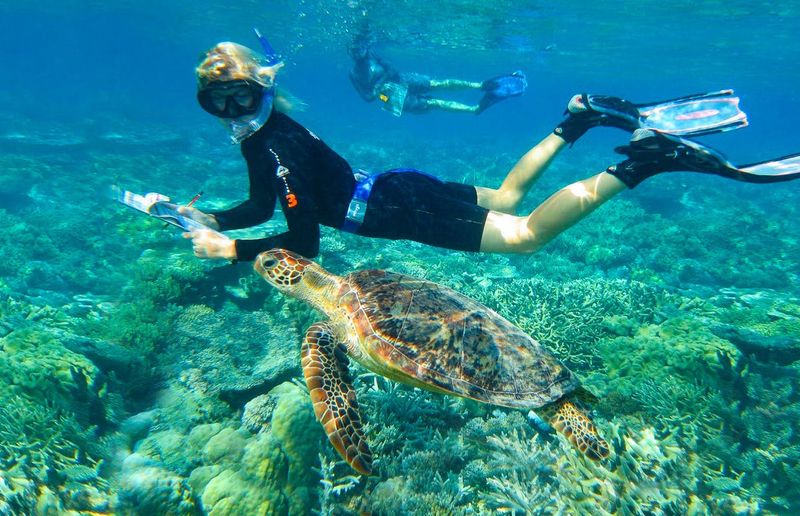
Global conservation efforts focus on protecting sea turtles and their habitats. Initiatives include monitoring nesting sites, reducing bycatch, and implementing marine protected areas.
Community involvement has been crucial in these efforts, with local groups advocating for sustainable practices and education. International cooperation is key to addressing threats that transcend borders.
These collective actions have led to positive outcomes, such as increased nesting success and population stabilization. Continued commitment to conservation is essential to ensure the survival of these remarkable creatures for generations to come.
The Symbol of Hope

Sea turtles have become symbols of hope and resilience in the face of adversity. Their life journey, marked by challenges and triumphs, inspires efforts to protect marine life and ecosystems.
Conservation success stories highlight the power of human intervention and nature’s ability to recover. Sea turtles remind us of the interconnectedness of life and the importance of stewardship.
As ambassadors of the ocean, they encourage a deeper appreciation for the natural world. Their enduring presence serves as a beacon of hope for a sustainable future, embodying the spirit of conservation.
The Technological Marvels
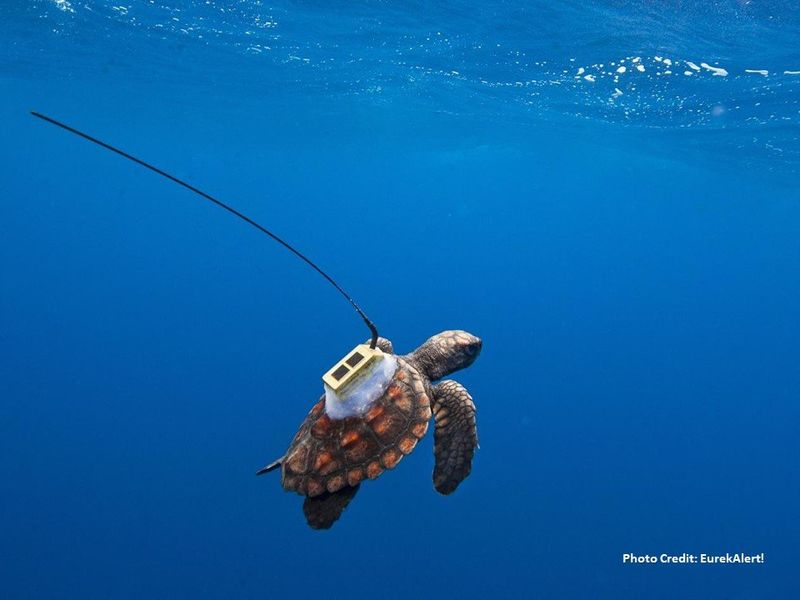
Advancements in technology have revolutionized the study and conservation of sea turtles. Satellite tracking provides insights into their migratory routes, while drones monitor nesting sites and population health.
These tools enable researchers to gather data with precision, informing conservation strategies and policy decisions. Technology bridges the gap between science and conservation, enhancing our understanding of these marine wanderers.
By harnessing technology, we can better protect sea turtles and their habitats, ensuring their survival in a rapidly changing world. These innovations reflect our commitment to preserving the wonders of the ocean.

